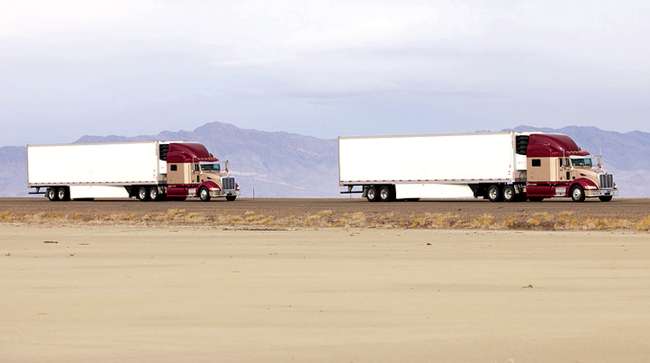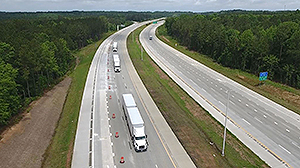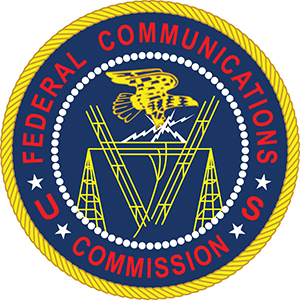Senior Reporter
FCC Evaluates Sharing Connected Vehicle Spectrum With Wi-Fi

The Federal Communications Commission is deciding whether further testing is needed to determine if communications between connected vehicles, including trucks, can share a slice of spectrum with Wi-Fi broadband services seeking to use it, too.
In 1999, FCC allocated a portion of the 5.9 GHz band — 5850-5925 MHz — solely for dedicated short-range communications by intelligent transportation systems. But Wi-Fi interests have made clear they covet DSRC’s slice of the spectrum.
The issue for trucking now is whether truck platooning and various safety applications could be accomplished if less of the spectrum were available for them, experts said.
In a recent test, FCC found Wi-Fi sharing occurred safely, based on its lab tests, but asked for comments on the need for further testing. Originally, FCC planned three tests, including on-road.

Volvo, in collaboration with FedEx Corp. and the North Carolina Turnpike Authority, demonstrates on-highway truck platooning on N.C. Route 540 in June. (Volvo Trucks North America)
Groups commenting that more testing is needed included American Trucking Associations and Volvo Group, the parent of Volvo Trucks North America and Mack Trucks.
“Volvo’s V2V [vehicle-to-vehicle] technology is based on DSRC, which has proven its capability to perform well in the V2V environment,” said Keith Brandis, VTNA’s vice president for product planning. “Dedicated bandwidth within the 5.9 GHz spectrum is critical for the successful deployment of V2V applications, like truck platooning.”
ATA maintained any rule changes to allow sharing in this band must not disrupt the “current deployments and innovations” already occurring under existing FCC rules.
At the same time, FCC is creating regulatory uncertainty, one expert said.
“The fear is, you may not be able to get the ball rolling on [connected vehicle] deployment because people don’t have enough certainty about whether the spectrum will be there. That is our biggest concern when dealing with the FCC,” said Steven Bayless, vice president of policy for the Intelligent Transportation Society of America.
In its first test, FCC evaluated Wi-Fi prototype devices built to prevent interference by detecting DSRC signals and then either vacating the spectrum or sharing a portion of the spectrum.
NCTA — The Internet & Television Association, wrote to FCC, “The test report makes it clear that Wi-Fi can operate safely in the 5.9 GHz band. With this testing complete, and a congressional mandate to free up new spectrum for unlicensed uses, now is the time to move forward.”

Meanwhile, truck fleets are lining up to begin platooning, said Richard Bishop, an automated vehicle expert.
“They want it. They see the value. And it is very close to commercial introduction,” he said. “The spectrum exists, and the DSRC radios are there. The big concern is just losing the spectrum.”
Peloton Technology is developing a platooning system that links the active safety systems of pairs of trucks and connects trucks to a cloud-based network operations center that limits platooning to appropriate roads and conditions. It expects to commercialize the system in 2019.
“We have seen some great results in the field with regards to safety, no incidents to date — and even better-than-anticipated fuel economy,” said Rod McLane, Peloton’s vice president of marketing.
Peloton plans an announcement soon, he said, on “the regulatory success, with regards to platooning, that we have seen in 2018.”
Bishop noted the early customers for truck platooning are the hub-to-hub operators.
“And there are a lot of trucks like that, FedEx and UPS do that, and many others. So there is a significant early market,” he said.
UPS Inc. and FedEx Corp. rank No. 1 and No. 2, respectively, on the Transport Topics Top 100 list of the largest for-hire carriers in North America.
UPS is an investor in Peloton, as is Volvo Group.




